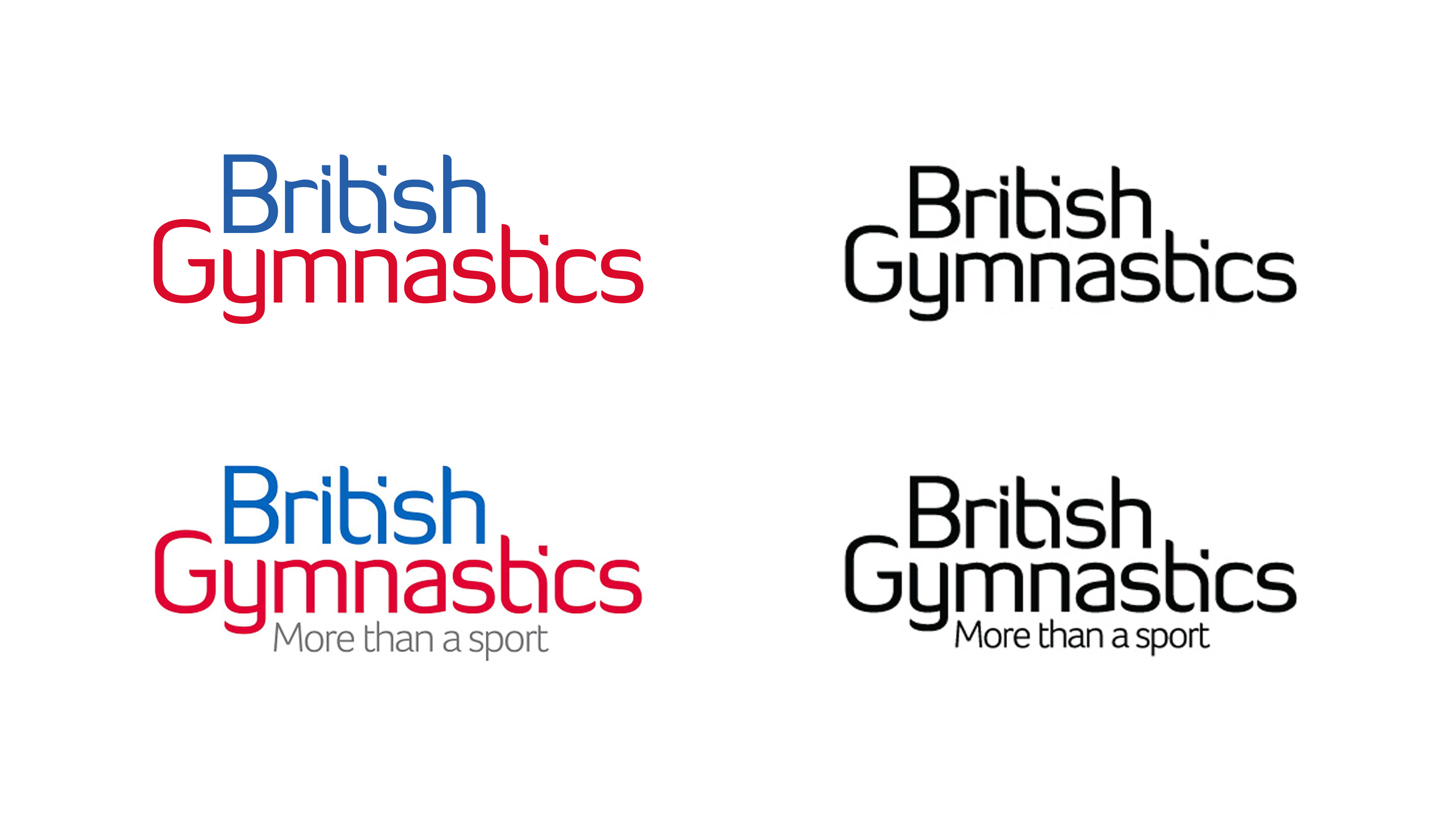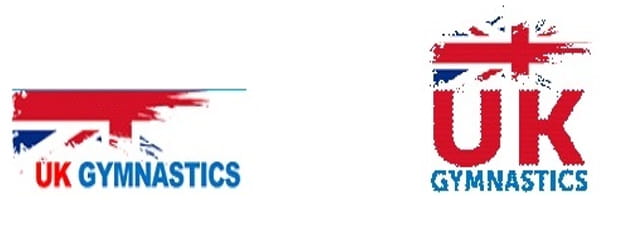What happened?
This was an action for trade mark infringement and passing off. The claimant is the owner of various trade mark registrations for the mark "British Gymnastics" (stylised) as well as goodwill in the "British Gymnastics" name. It is the only national governing body (NGB) for gymnastics in the UK widely recognised by official UK and international sporting bodies, and has been operating since 1997.
The case concerned the use by the defendant of the mark "UK Gymnastics" (in word and logo forms) including as its trading name. The defendant offered such things as gymnastic coaching courses and competitions under the "UK Gymnastics" name.
The Court of Appeal upheld the decision of IPEC that the defendant's use of "UK Gymnastics" (in word and logo forms) infringed the "British Gymnastics" marks and constituted passing off.
The case illustrates:
- The importance of winning at first instance since appealing the lower court's findings is an uphill task. Once the judge has assessed the witnesses and evidence, made findings of fact and applied the legal tests, it is difficult to find an error of law. In this case, the Court of Appeal rejected all of the defendant's arguments apart from finding that the judge made an error in relation to one of the types of misrepresentation she had found and so the scope of the injunction had to be narrowed. However, the overall result was unchanged.
- When considering the average consumer and relevant public for the purposes of trade mark infringement and passing off, the judge will assess all relevant groups, rather than just picking one of them. So, in this case, it was children, parents and spectators who would likely be confused even if coaches, clubs and federations would not be.
- It is not necessary for the court to find actual confusion for trade mark infringement to be established. In this case, it was very possible instances of confusion would not have come to light due to the small scale of the defendant's operation compared to that of the claimant.
Want to know more?
The facts
The claimant had been trading as "British Gymnastics" for over 20 years. Its purpose was to lead and support all persons interesting in amateur gymnastics in the UK and to represent the sport in dealing with government agencies and international federations. As at 2018, it had approximately 400,000 individual members and 1,500 member clubs across the UK.
The claimant owned the following UK trade marks (the Trade Marks), each a series of two marks and filed in 2017 and 2018, for various goods and services in Classes 9 (digital photographs, video recordings), 16 (photographs), 25 (clothing), 28 (gymnastics and sporting articles), 35 (business administration, office functions) and 41 (education, providing of training, entertainment, sporting activities):

The defendant was much smaller. In 2000, it had about 11,400 members and 120 member clubs. It offered for example coaching courses and competitions. It traded as "UK Gymnastics" (the Word Sign) and used the following two Logo Signs:

The claimant sued the defendant for trade mark infringement and passing off. The defendant accepted that the claimant owned goodwill and a reputation in "British Gymnastics" and its Trade Marks.
IPEC decision
In her ruling, Judge Melissa Clarke held:
- The defendant's services were identical to the Class 41 services of the claimant.
- The Word Sign "UK Gymnastics" had a medium degree of similarity to the Trade Marks due to the strong degree of conceptual similarity, despite the low degree of visual and aural similarity.
- The Logo Signs had a low degree of similarity to the Trade Marks.
- The defendant infringed under section 10(2) as there was likelihood of confusion for those who pay a lower degree of attention, including child gymnasts, their parents and spectators who would see the Word Sign and Logo Signs and mistakenly take them to refer to the claimant.
- The defendant also infringed under section 10(3) on the basis that there is a serious risk that the use of the defendant's signs would be detrimental to the distinctive character and repute of the Trade Marks and take unfair advantage of them. For example, the public may legitimately expect that the defendant's services are provided to a similar quality, safety and scrutiny as those offered by the claimant when they are not.
- Passing off was established as the defendant represented that it is an NGB for gymnastics in the UK when it is not. The public would likely believe (wrongly) that there is a link or connection with the claimant, and this would likely cause damage to the claimant's goodwill.
The defendant appealed.
Court of Appeal decision
Grounds of appeal for passing off
The defendant claimed the judge was wrong to find that the defendant was not an NGB for gymnastics in the UK. However, the Court of Appeal held that it was open to the judge to find this and it was supported by the evidence.
The defendant claimed that it was wrong of the judge to find that there was passing off on the basis of a misrepresentation that the defendant was an NGB contrary to fact. This was because the claimant's pleaded case was that the alleged misrepresentation was that the claimant had conferred the NGB status on the defendant. The Court of Appeal held that the judge had made an error and allowed the appeal on this point. However, the judge had found passing off on other grounds, including that the defendant misrepresented that its services are connected with the claimant contrary to fact (which relied on the trade mark infringement findings).
The judge's error led to the Court of Appeal limiting the injunction ordered by the judge to "otherwise pass off any business or goods or services as being the business or goods or services of the Claimant or otherwise associated or connected with the Claimant or otherwise the subject of some commercial arrangement involving the Claimant."
Grounds of appeal for trade mark infringement
The defendant claimed the judge was wrong to find that there was a medium degree of similarity between the Word Sign and the Trade Marks as she had found there was only a low degree of similarity between the Logo Signs and the Trade Marks. The defendants argued that having found in both cases that there was a low degree of visual and aural similarity and a strong degree of conceptual similarity, the judge should have come to the same conclusion on similarity for both the Word and Logo Signs.
The Court of Appeal rejected this argument, saying it was clear that the judge thought that the typography and flag elements in the Logo Signs made them less similar and there was no error of law. Furthermore, this ground of appeal would not have assisted the defendants since the judge had also found a likelihood of confusion in relation to the Logo Signs, despite them only having a low degree of similarity in light of the identical services and distinctive character of the Trade Marks.
The defendant argued that the one instance of confusion found by the judge (where an employee had wrongly allowed the defendants to make a booking at a venue only open to the claimant) was not really an instance of confusion and/or not probative. The Court of Appeal disagreed, saying that it was confusion, but in any event (as the judge held), it is not necessary for the court to find actual confusion for trade mark infringement to be established. In fact, the judge had held it was very possible instances of confusion would not have come to light due to the small scale of the defendant's operation compared with that of the claimant.
The defendant made a "hopeless" argument that the judge had not considered the assessment from the perspective of the average consumer (when she clearly had). The defendant claimed that the judge made an error by assessing the different levels of attention by different types of average consumer, since children and spectators were likely to pay a low degree of attention whereas coaches, owners of sports clubs, NGBs and federations would pay a high degree of attention. The Court of Appeal said this was not an error but a necessary part of the assessment the judge had to make.
Find out more
To discuss the issues raised in the article in more detail, please reach out to a member of our Brands & Advertising team.







